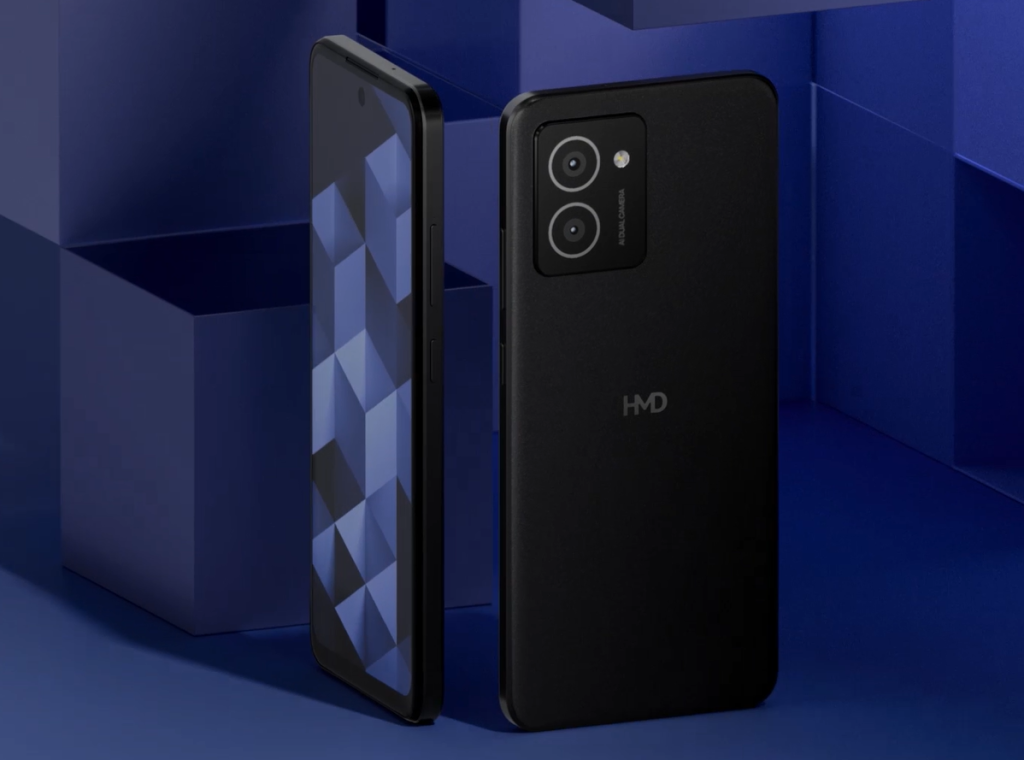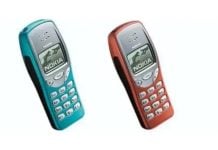HMD Global, the company known for Nokia-branded Android phones, has recently unveiled a new smartphone specifically for the US market called the HMD Vibe. This phone is designed to appeal to budget-conscious users, but how well will it compete in a market saturated with other affordable options? Let’s delve into the phone’s features, specifications, price, and potential challenges in the US and global markets, particularly India.

1. HMD Vibe: Features and Specifications
The Vibe offers a budget Qualcomm Snapdragon 680 processor, suitable for everyday tasks. It comes with 6GB of RAM and 128GB of expandable storage, along with 4GB of virtual RAM for enhanced performance. The 4,000mAh battery promises two days of usage on a single charge, but with only 10W wired charging, it might not appeal to users who prioritize fast charging capabilities.
The display is a decent-sized 6.56 inches with an HD+ resolution and a 90Hz refresh rate. The camera system is basic, featuring a 13MP main sensor and a 2MP depth sensor on the back, and a 5MP front-facing camera. All cameras include HDR, AI processing, and skin tone optimization.
The phone boasts an IP52 rating, making it dust-proof and splash-resistant. Connectivity options include Bluetooth 5.0 and 4G LTE, but it lacks a fingerprint scanner, relying solely on insecure face unlock for biometric security.
2. Price and Availability
The HMD Vibe carries a competitive price tag of $150. It will be available for purchase in the US from May onwards through HMD’s website and major retailers like Amazon and Best Buy.
3. HMD Vibe vs. the US Market
While the Vibe’s price point is attractive, the US market offers a plethora of other affordable smartphones with potentially better features. Some competitors in this range include the Samsung Galaxy A14 5G, TCL 50 5G, and TCL 50 XE 5G which boast 5G connectivity, and the Moto G Play (2024) which comes with 4G connectivity.
Therefore, the Vibe might face stiff competition, especially considering consumers can even find 5G phones at a similar price point.
4. HMD Vibe vs. the Global Market (India)
The HMD Pulse series, which the Vibe is likely a rebranded version of, is also planned for launch in markets like India. However, the Indian smartphone market is highly competitive, with numerous brands offering devices with much better specifications at similar prices.
For instance, several Chinese manufacturers provide phones with superior camera capabilities, faster processors, and larger storage options within the $150 range.
Therefore, the Vibe’s success in the Indian market is less certain, given the abundance of feature-packed competitors at competitive prices.
5. Branding and Design Considerations
While the HMD Vibe aims for a budget-conscious audience, its branding strategy might raise questions. HMD has dropped the familiar Nokia branding, which could potentially impact brand recognition.
Furthermore, the “Vibe” name itself might resonate more with a Gen Z audience, but the phone’s design doesn’t necessarily exude a trendy or particularly attractive aesthetic that would appeal to this demographic.
6. Conclusion
The HMD Vibe offers a decent set of features for its price point, but its success hinges on its ability to compete in a saturated market, particularly in the US where strong competitors exist with potentially better value propositions.
In highly competitive markets like India, the Vibe’s middling specifications might not be enough to stand out against feature-rich devices offered by other manufacturers.
HMD’s branding strategy of moving away from Nokia and the phone’s design choices might also present challenges in terms of establishing a strong brand identity and attracting a specific target audience.
Overall, while the Vibe might find a niche in the US market due to its budget-friendly price, its long-term success will depend on how effectively it addresses the competition and adapts its branding and design to resonate with target consumers.
RELATED:
- HMD is launching its first 5G rugged phone in Europe, price leaks
- Redmi Note 13 Series Prices Slashed In India: Check Revised Prices And Offers
- How to hide WhatsApp chats without archive
- Xiaomi 13 Ultra Premium Camera Phone is now only $799
- Get $100 OFF on Xiaomi 14 Pro at Giztop (1TB Variant)







